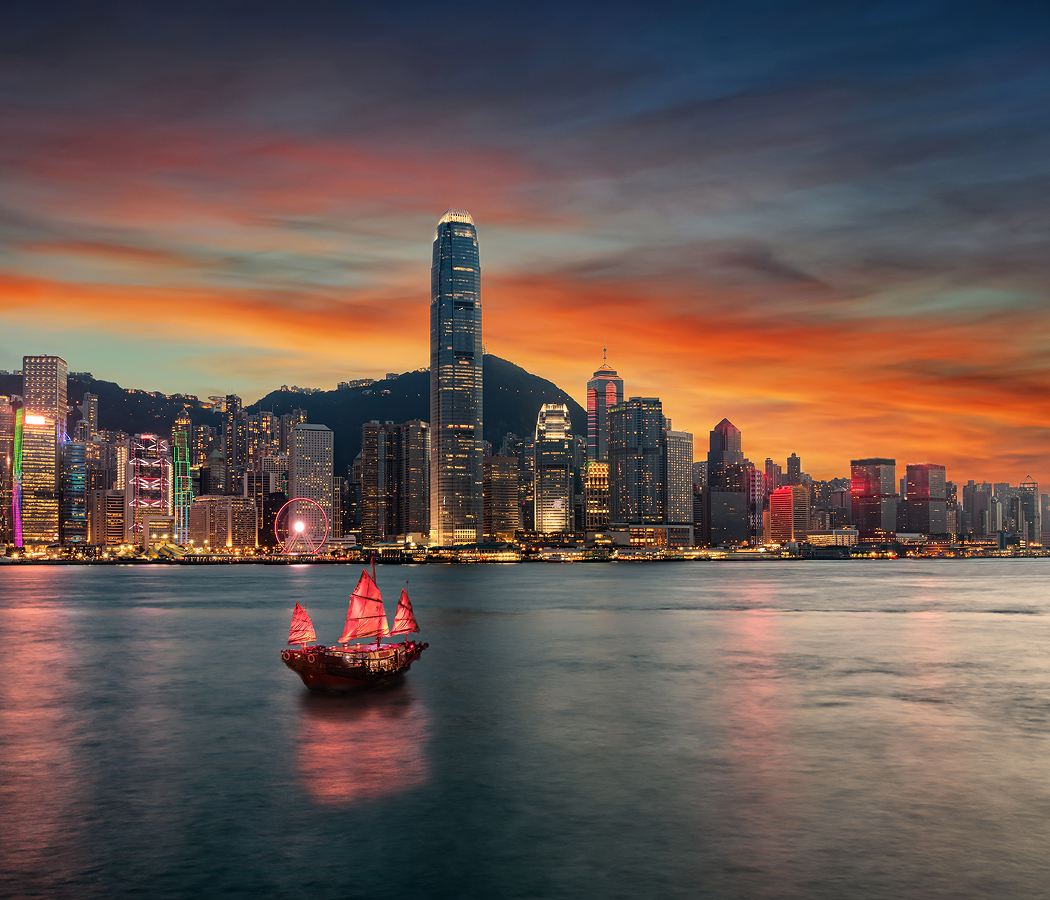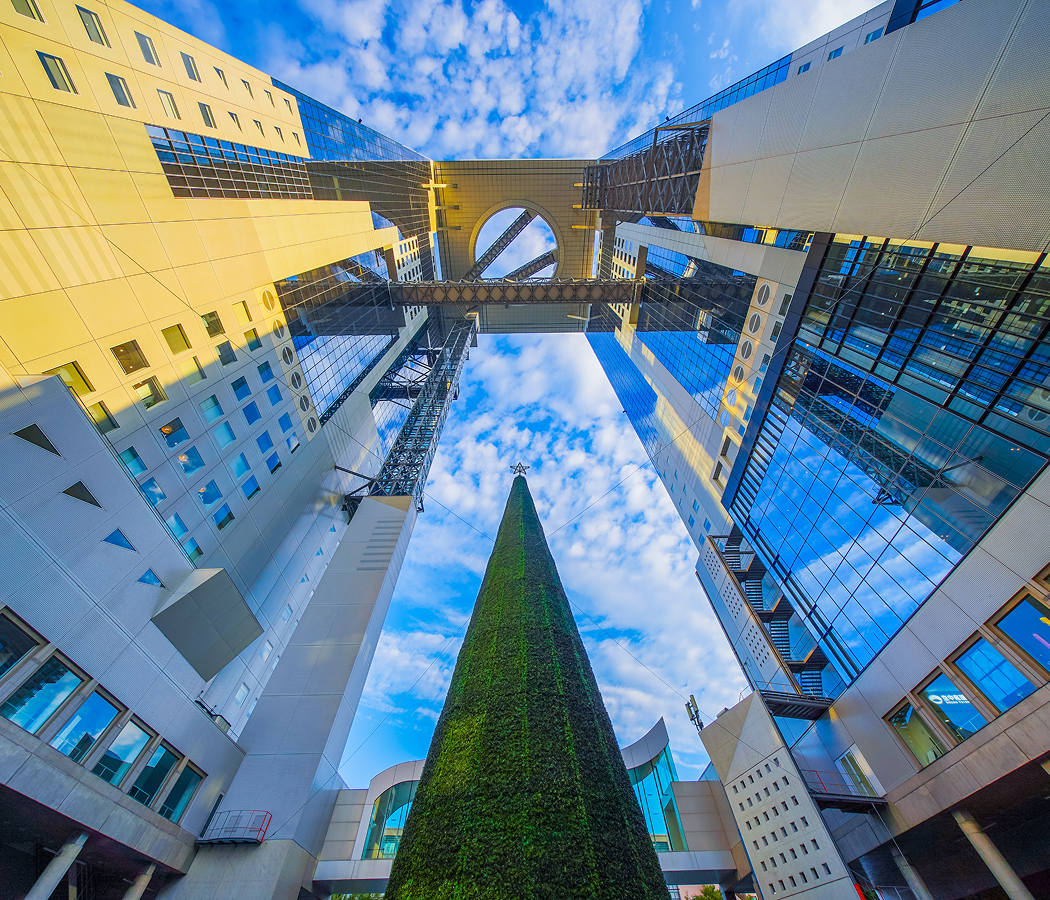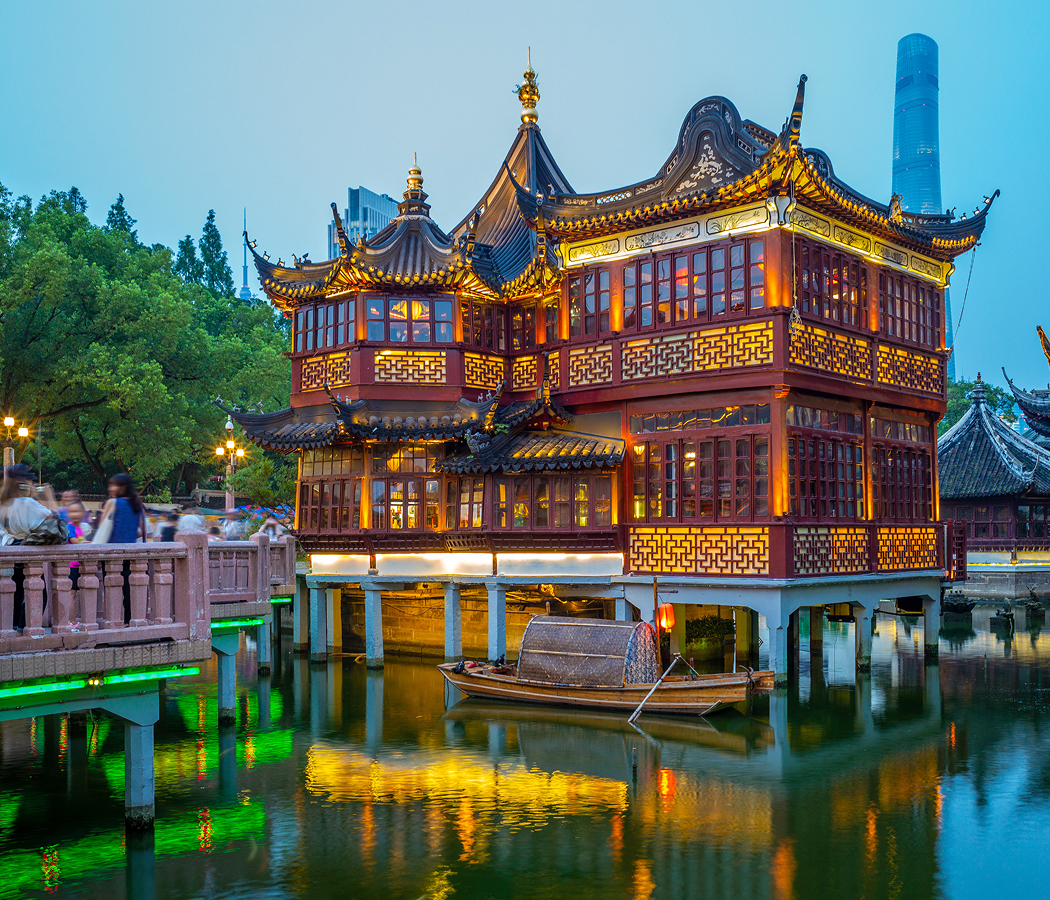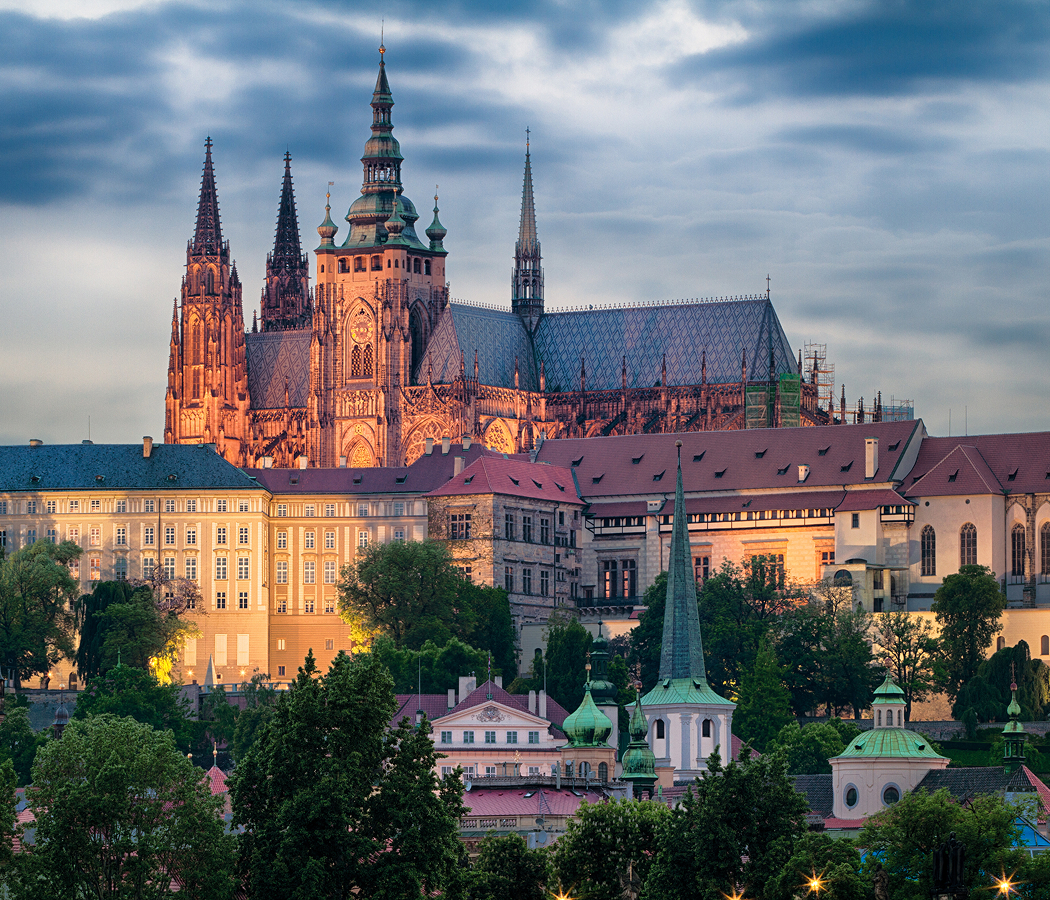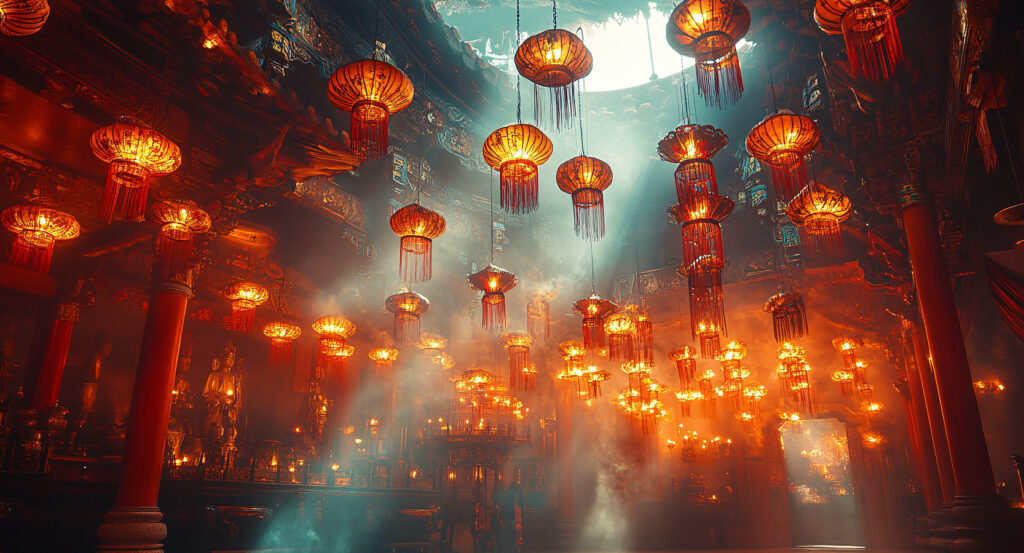
Why you should experience Man Mo Temple in Hong Kong.
Man Mo Temple in Hong Kong is more than a religious landmark, it’s a portal to another century, where incense curls through the air like memory and the hum of prayer softens the noise of the city outside.
Nestled on Hollywood Road in Sheung Wan, surrounded by antique shops and skyscrapers, the temple feels like a time capsule, serene, smoky, and profoundly still. Dedicated to two deities, Man Cheong, the God of Literature, and Mo Tai, the God of War, it has long been a place where scholars and citizens alike have come to seek balance between wisdom and strength. Step inside, and the world narrows to the glow of lanterns, the shimmer of gold, and the hypnotic spiral of incense coils hanging from the rafters. The scent is deep and earthy, the light dim and reverent. Every beam of sunlight that filters through the haze catches in the smoke, illuminating the craftsmanship of the Qing Dynasty architecture, intricate wood carvings, granite columns, and ceramic figurines that have endured since the mid-19th century. It’s not grand in scale, but in spirit. Amid Hong Kong’s rush of steel and neon, Man Mo Temple offers something rare: quiet, the kind that feels sacred even to those who don’t pray.
What you didn’t know about Man Mo Temple.
Man Mo Temple isn’t just one of Hong Kong’s oldest places of worship, it’s a living testament to the city’s soul, a fusion of devotion, tradition, and identity.
Built between 1847 and 1862 during the Qing Dynasty, the temple was once the spiritual heart of a thriving Chinese community in what was then colonial Victoria City. It was funded by wealthy merchants as a place for locals to settle disputes and seek justice in a moral, not legal, court, an early form of community governance when colonial systems often excluded the Chinese population. The temple complex actually consists of three adjoining halls: Man Mo Temple (dedicated to literature and war), Lit Shing Kung (for all heavenly gods), and Kung Sor (the assembly hall for local arbitration). Every architectural detail tells a story, from the granite steps worn smooth by generations of visitors, to the ceremonial bells and drums that still echo during festivals. The coiled incense that hangs in the main hall is one of its most iconic features; each coil burns for weeks, its slow release of smoke symbolizing continuous prayer and connection between the human and divine. Despite its urban surroundings, Man Mo Temple remains remarkably preserved, maintained by the Tung Wah Group of Hospitals, one of Hong Kong’s oldest charitable organizations. It’s now a declared monument, but more importantly, it’s still alive: locals still light incense for exams, new businesses, or peace at home. The temple may no longer arbitrate disputes, but it continues to mediate between old and new Hong Kong, a role it’s played since the city’s very beginning.
How to fold Man Mo Temple into your trip.
Visiting Man Mo Temple isn’t about spectacle; it’s about stillness, a pause in your journey to feel the hum of Hong Kong’s oldest spirit.
Start your visit early in the morning, before the crowds gather and the incense thickens. The temple sits near the midpoint of Hollywood Road, easily walkable from the Central or Sheung Wan MTR stations. As you approach, notice the contrast, modern glass towers behind a façade of vermilion and green, tiled eaves curling like calligraphy against the sky. Step through the threshold slowly; photography is allowed, but reverence should come first. Inside, move through the main hall at a deliberate pace, the air is dense with incense, the atmosphere both spiritual and sensory. Watch as locals offer fruits and paper tributes at the altars, each gesture quiet but deeply rooted in tradition. Take a moment to study the ceiling, where hundreds of incense coils hang suspended like halos, each one a prayer in motion. After exploring the temple, wander the surrounding neighborhood, Hollywood Road’s antique shops and art galleries make a natural continuation of the theme: history in dialogue with modernity. Stop by nearby Tai Kwun, the restored colonial police compound turned art space, for a coffee and reflection, it’s a fitting way to bridge the city’s dualities. As you leave Man Mo Temple, the incense scent will linger on your clothes, a faint, ghostly reminder that some experiences don’t fade when you step outside. They stay with you, like memory, like faith, like the echo of a bell that’s still ringing long after it’s been struck.
Hear it from the Foresyte community.
It’s the spot you duck into when the city’s too loud. One minute you’re dodging scooters, next minute you’re staring at spirals of incense like they’re telling you the future.
Where meaningful travel begins.
Start your journey with Foresyte, where the planning is part of the magic.
Discover the experiences that matter most.

